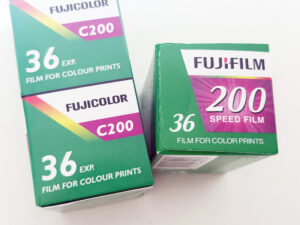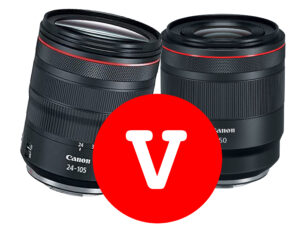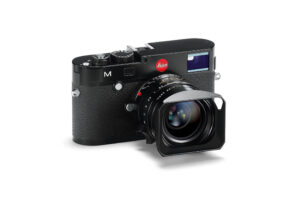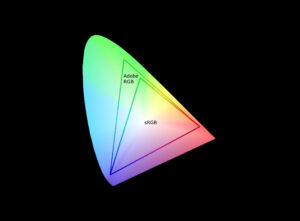For years, photographers have argued over the true resolution of film compared to digital. Is film sharper? Does it hold more detail? Or is the debate just a nostalgic relic in a world dominated by megapixels? Let’s dig deep into the complexities of film resolution and uncover why this question is more nuanced, and provocative, than ever.
What Is Resolution Anyway?
Resolution in the digital world is simple: it’s the number of pixels on a sensor. Film, however, doesn’t work in pixels. Its “resolution” depends on the size of light-sensitive chemical grains, which can vary wildly depending on film stock, ISO, and even development methods. This is why comparing film to digital is like comparing apples to… analog.
Sharpness and detail, by the way, are not the same thing—an often-overlooked truth in photography.
High-grain films
Deliver punchy contrast and sharp edges but sacrifice fine details.
Low-grain films
By contrast, capture more detail but can appear softer.

How Does Film Stack Up Digitally?
Photographers today often digitize film with scanners or cameras, but the process introduces a bottleneck. Film’s resolving power—measured in line pairs per millimeter (lp/mm)—can translate roughly into digital resolution, but even the best scanners might struggle to extract all the potential detail.
The fact is the ISO of the film can affect its resolution, as can the quality of the film or if it was a consumer or pro grade film. Consumer films tend to be high contrast and sharp but lack fine details. Professional films on the other hand tend to be highly detailed and keep shadows open and stop highlights blowing out.

The Truth About Film’s Resolution
Film might seem like it blows digital out of the water on paper, but let’s inject some reality:
- Diffraction limits lenses. Even with an f/2 aperture, most lenses can’t resolve enough detail to meet film’s maximum potential.
- Human error matters. Shaky hands, poor focus, or expired film drastically reduce effective resolution.
- Digital is relentless. Modern sensors, combined with advanced optics and processing, deliver consistency that film struggles to match.
While a large-format film camera could technically beat even a flagship mirrorless camera, how often do you need an 8-gigapixel image? For most people, the answer is: never.

Why Film Still Matters
Does this mean film is dead? Absolutely not. Film has a tactile charm and organic unpredictability that digital can’t replicate. It’s an art form, a statement, and, for many, a therapeutic process. Analog cameras didn’t kill painting, and digital cameras won’t kill film.
But let’s be honest: today’s digital cameras outperform 35mm film in almost every measurable way. The romantic notion of film being “sharper” or “better” is nostalgia talking.

The Digital Edge
Here’s the kicker: while film enthusiasts still cling to the “resolution” argument, even the most advanced film emulsions can’t keep up with the relentless march of digital innovation. Today’s sensors are limited more by lens optics than by resolution. The highest megapixel cameras, like Sony’s A7R V or Fujifilm’s GFX 100, are practically redefining what’s possible.


So, Film or Digital?
The answer depends on what you’re after. If you want convenience, consistency, and cutting-edge quality, digital wins. If you value the hands-on artistry of darkrooms and the unpredictable beauty of grain, film reigns supreme.
At the end of the day, it’s not about resolution. It’s about the story, the emotion, and the connection a photograph evokes. No matter the medium, that is what makes an image unforgettable.
Ready to settle the debate in your own work?
Share your thoughts below, or submit an image.







































































